The retro look has been a feature in cameras throughout 2013, thanks to the Olympus Pen E-P1 and Fujifilm X100 camera. Nikon’s much-touted Df, or Digital Fusion, is the latest to join the party.
There are two main camps on retro cameras. One subscribes to the notion that form follows function. Take, for instance, the Fujifilm X100s, the X-E1/2 and the X-Pro1, which look old school primarily because the dials and aperture ring lend them the look of the old camera.
The other camp prefers the “function follows form” notion, where the camera just looks old but the controls remain steadfastly modern with nondescript front and rear dials.
And the Nikon Df? It tries to offer the best of both worlds, with both digital and analog controls. It wants to appeal to photographers who grew up with analog cameras while catering to those who have only known digital photography. The result, unfortunately, is pure ergonomic disaster.
The top plate looks good because of the dials but can be counter-intuitive. The EV dial (+/-) is used pretty often but is located on the left when it should be a free-turning dial on the right. The camera strap eyelet is placed in such a way that it hinders the index finger while turning the aperture dial just in front of the on/off switch. This gives you a less confident grip of the camera as well. The whole control mechanism system needs a rethink.
The Nikon Df has the potential to frustrate a user fairly quickly. When the shooting mode is set to Aperture, you have to half-press the shutter button to find what aperture the camera is using. And this setting appears in a minuscule screen on the top of the camera (see above).
The other example is the Auto ISO setting. When the camera senses that the amount of light is not enough to take a shot, it will override the ISO setting as seen on the dial and use a much higher ISO setting. It caused me so much confusion that I switched off the feature just to see exactly what ISO I am using.
It’s also annoying that you can’t change some settings easily. Nikon has decided to use a good number of locks on the Camera Mode, Shutter Speed, ISO and the Exposure Value Compensation dials to ensure that the settings don’t change during transit.
Apart from the shutter speed that can be free-turning once it is unlocked, the rest of the controls requires the user to use both hands to unlock the dials every single time when a setting is to be changed. You either press the lock down or, in the case of the Camera Mode, pull the dial up.
Contrast this with modern control mechanism, where most of the important settings can be changed just by using the right hand. I’m not keen to use this camera with gloves on, while fiddling in a cold, wintry climate.
Simply put, Nikon has adopted designs from old cameras that don’t make sense now. The aperture wheel doesn’t give positive leverage for your finger to move the dial easily. The On/Off switch also doesn’t have a lever to aid the finger to push or pull the switch – you have to use both your thumb and another finger to simply switch on the camera. Usually, you just use your right index finger on modern DSLR switches.
Although I appreciate the deliberateness of slowing down the process of photo taking, making it laboriously tough to use the camera actually hinders the photographer to capture decisive moments. It actually killed some of my joy in using the camera during my tests.
User-friendliness is something that Nikon has to rethink. Why force users to access the battery compartment just to change the SD card, for example? And the use of a plastic screw cap to cover the Flash Sync Terminal for studio lighting use?
In comparison, the modern pro-level DSLR has dedicated access to two memory card slots at the side of the camera and has a more practical rubber cap for the terminal that won’t be lost so easily.
What, then, about the main concern – the image quality? The major issue with the Nikon Df is how tight the focusing points are placed within the centre of the viewfinder. This is especially important when the lens is wide open – using aperture such as f1.8 and lower – that results in a very shallow depth of field.
As the focusing points are clustered in the middle, there are no focusing points that spread out to the edges of the frame. I’m forced to focus on a subject at the edge of the frame first and then place the subject at the edge of the frame, resulting in photos that are not as sharp as I like.
The focusing points are clustered to the centre and there are no focusing points that allow me to place the subject at the sides first. If the aperture is f2.8 and above, the depth of field will be wide enough to ensure sharp photos if one uses the ‘focus-and-shift’ method but it will be harder to get sharper photos with wider apertures.
The saving grace of Nikon’s Df is certainly the use of the Nikon D4’s 16.2MP sensor. If you can get around the tedious process of changing the settings, the images that are churned out by the Df are quite spectacular. Some of the shots taken with the Nikon Df present a three-dimensional quality that make thing realistic.

The Nikon colour hues tend towards yellow and has affected the skin tone here. The white balance struggled at times during the test.

The sharpness is incredible once you get it right. The special edition Nikkor 50mm f1.8 G kit lens feels sluggish though.

Indoor shot with ISO1600 with great skin tones here.

The Nikon Df is designed to be an owl’s camera and it churns out great images for the festive season.

Taken with in-camera HDR function.

Bokehlicious – with the right lens.
In terms of size, the camera is much bigger than the legendary Nikon FM2 that the Df was based. Good news is, it weighs only 765g with battery and memory card installed. But the camera can take a lot of space in the camera bag, when the market is tending towards smaller, lighter and more capable shooters.
To me, ease of use is an important factor. While the Df tries to appeal to the older set by using analog style controls, they don’t work seamlessly together with new digital features.
Price is another factor. The Df is now available for S$3,999 as part of a kit with the AF-S Nikkor 50mm f1.8 G lens. That’s rather expensive, considering that you can get the entry-level full-frame Nikon D610 more cheaply. The other alternative would be the Nikon D800, which comes with pro features such as two memory card slots.
If you can look beyond Nikon, the Sony Alpha 7 full-frame mirrorless camera launched just prior to the Df, makes the Df look even less attractive.
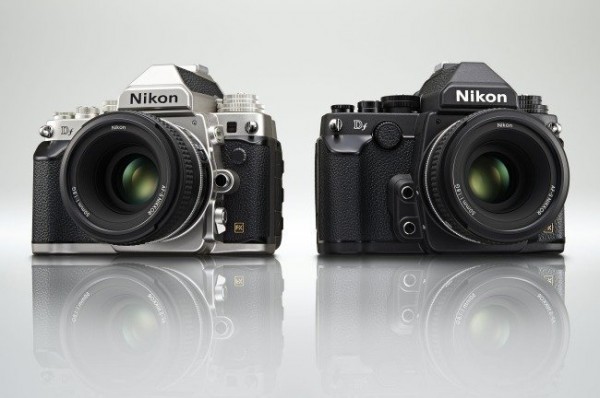
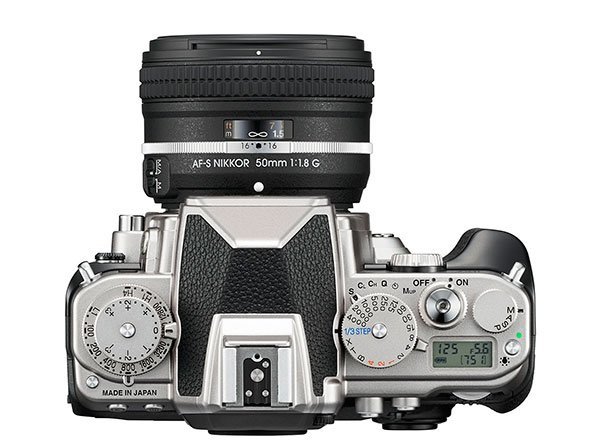
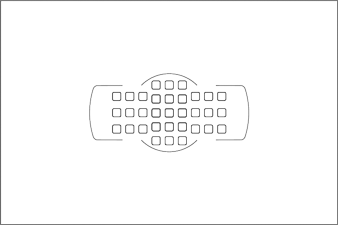


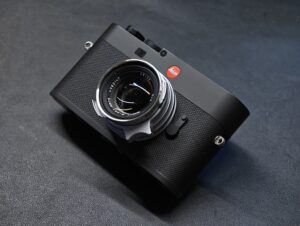

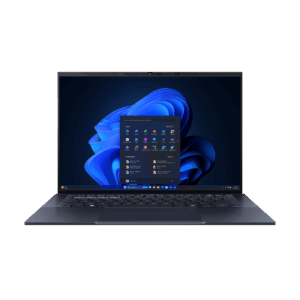
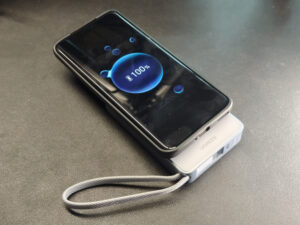

Df smaller, lighter, far quieter than D700….use in manual mode with fast manual AIS fixed lens…use it like a film camera and you will be very happy…
I agree…if it is new lens, the Df is a pain…once it is using AIS lens then yes with manual focusing it can be a joy…i have the 50 and 35 f1.4 and f2.8…beautiful lenses and the aperture ring is a god-send with this camera.
“… makes the Df even less attractive…”
Looks like you completely miss the point of the Df.
What’s the point of the Df only to make life difficult with all the locks?
It is one thing to enjoy photography rather than using modern DSLR as a machine gun..that much i agree and I adhere to as well. If Fujifilm can pull the same strings and yet deliver, why can’t Nikon?
On the contrary if I get what Fujifilm is doing and if that’s what Nikon is trying to achieve then by right i should get the point of the Df. I do but the execution is left much to be desired.
This is a camera for photographers to take the time to shoot, to shoot with passion. Why the rush to take bracket shots wasting card space, unsure settings and no soul pictures.
Old timers know dials by the fingers.
I adhere to the same idea..that’s why I also like the Fujifilm X100 with its ‘questionable’ focusing mechanism. It slowed me down because the dials do make me think too but it also rewards for making us a bit of a fast thinker and get the best out of the camera.
The Df aims to do that but from a much painful way of doing it.
Yo, Wilson…What are you — 16? The Df was created to answer the wish list of “old timers” like me who grew-up with the FM/FE/FA series and lament the end of those venerable film cameras. To have a modern digital camera with all these features that looks like my old FM3 is a dream-come-true. If you can’t figure-out how to operate the controls, get either an 8y/o or an old guy like me to show you.
delcamera guy: Sorry I do own old cameras and based on what the current way of using settings, the Df is really counter intuitive. I also have an old Canon A1, an old L39 Canon as well. Nikon I have handled FM series before so I know why certain things are designed in certain ways.
Yes certain things are designed in a certain ways to reflect the way the camera is used at that point in time. Film was expensive then and so locking the ISO is a good thing. This is just one example.
Absolutely a beautiful camera. Great move by Nikon to make a retro DSLR. I want one.